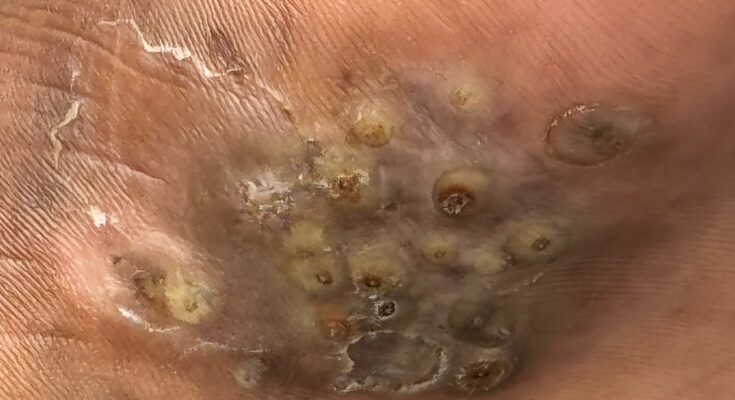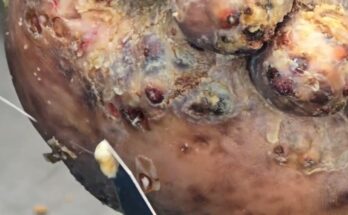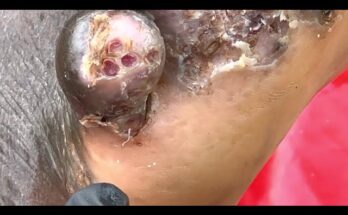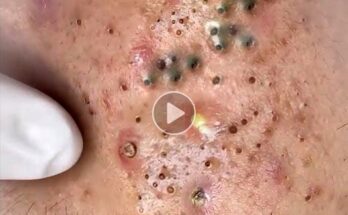⚠️ Is Jigger Digging Dangerous?
Yes—jigger digging is not only painful but can be extremely dangerous if done improperly or left untreated. Jiggers (Tunga penetrans), also known as sand fleas, are tiny parasitic insects that burrow into the skin, typically on the feet, causing a condition called taeniasis.
🦟 What Makes Jiggers Harmful?
- The female jigger embeds itself in the skin and lays eggs, causing swelling, itching, and intense pain.
- One flea can multiply into dozens, leading to severe infestations.
- The burrowed flea creates open wounds that are prone to bacterial infections.
🩸 Why Digging Them Out Is Risky
- Unclean tools: Using non-sterile needles or blades can introduce infections like tetanus or sepsis.
- Improper technique: Incomplete removal may leave parts of the flea inside, worsening inflammation.
- Open wounds: Digging creates raw skin that can attract more parasites or bacteria.
🚨 Potential Complications
- Secondary infections: Pus, fever, and spreading redness may indicate serious bacterial infection.
- Tissue damage: Repeated infestations can cause permanent scarring or deformities.
- Mobility issues: Severe cases may prevent walking, working, or attending school.
- Social stigma: Visible infestations often lead to isolation and emotional trauma.
🛡️ Safe Alternatives
- Professional removal: Clinics use sterile tools and antiseptics to extract jiggers safely.
- Medical care: Antibiotics and tetanus shots may be needed for infected wounds.
- Prevention: Wearing closed shoes, maintaining hygiene, and improving living conditions are key.
Organizations like provide mobile clinics, hygiene education, and protective footwear to help communities fight jigger infestations safely and sustainably.



